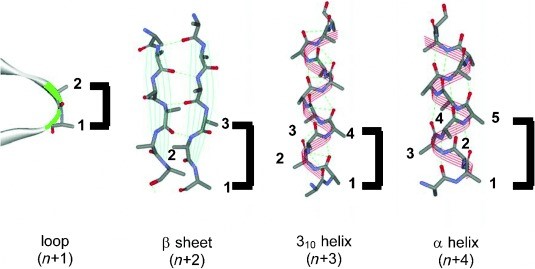At our company, we specialize in active site expansion, a powerful strategy in enzyme design that allows for enhanced substrate diversity. By expanding the active site of enzymes, we enable them to accommodate a broader range of substrates, providing expanded functionality and versatility.
Our Services
- Structural analysis and computational modeling
We employ advanced structural analysis techniques and computational modeling to identify the active site of the target enzyme and understand its binding interactions with substrates. Through careful examination of the enzyme's structure, we identify regions that can be modified or expanded to accommodate diverse substrates.
- Rational active site design
Leveraging our knowledge of enzyme structure-function relationships, we apply rational design strategies to expand the active site. This may involve introducing specific amino acid substitutions, deletions, or insertions to create additional space and functional groups within the active site. Our goal is to optimize the enzyme's architecture to accommodate a broader range of substrates while maintaining catalytic efficiency.
- Directed evolution for active site expansion
In addition to rational design, we harness the power of directed evolution to expand the active site. Through iterative rounds of mutation and selection, we generate enzyme variants with expanded active sites that can effectively bind and catalyze a diverse set of substrates. This approach allows for the exploration of vast sequence space to discover enzymes with improved substrate diversity.
- Functional evaluation and optimization
Once the active site expansion modifications are introduced, we rigorously evaluate the enzyme variants for their catalytic activity, substrate specificity, and stability. Through a combination of biochemical assays, kinetic measurements, and structural analysis, we assess the performance of the engineered enzymes, iteratively optimizing the design to achieve the desired substrate diversity.
- Customized solutions and application focus
We understand that each enzyme and application is unique. Our team works closely with clients to understand their specific requirements and tailor the active site expansion design accordingly. Whether it's expanding the substrate range for biocatalysis, enabling enzyme activity on novel substrates, or enhancing the efficiency of metabolic pathways, we provide customized solutions to address your specific needs.
Our team of experienced scientists and engineers with deep knowledge in enzyme design and active site engineering. By partnering with us for active site expansion in enzyme design, you gain access to:

































 Fig. 1. Structural guides in designing libraries of mutant enzymes for CASTing according to the secondary structure of proteins (CAST=combinatorial active-site saturation test). (Reetz, M.T.; et al. 2005)
Fig. 1. Structural guides in designing libraries of mutant enzymes for CASTing according to the secondary structure of proteins (CAST=combinatorial active-site saturation test). (Reetz, M.T.; et al. 2005)